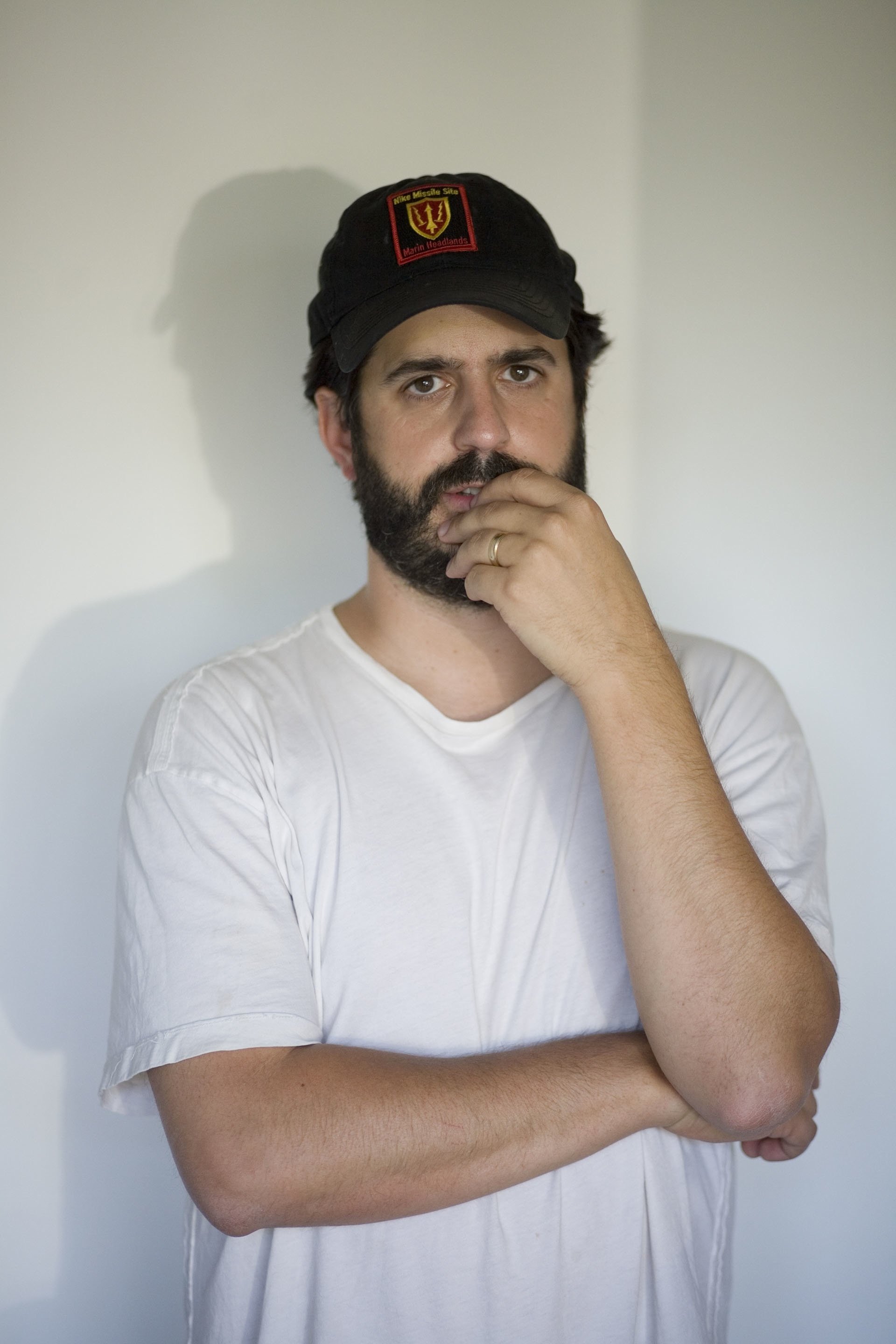Alec Soth, a photographer of quietude and a chronicler of the American grain, doesn't shout; he whispers. His large-format portraits and landscapes, often focused on the country's overlooked margins, possess a stillness that's less about the absence of noise and more about the presence of something deeply felt. He's not interested in the spectacular, but in the subtle poetry of the everyday, the hushed moments that reveal, almost inadvertently, the human condition. Think of him as a contemporary Walker Evans, but one who trades Evans's stark social commentary for a kind of melancholic tenderness. He photographs the vernacular, not as a detached observer, but as someone attuned to the quiet hum of existence. Soth, who has cited Diane Arbus as an influence, travels the backroads of America, collecting images like a wandering poet gathering verses. His journey along the Mississippi, documented in the self-published Sleeping by the Mississippi (2004), brought him to wider attention, with one of its images, "Charles," even gracing the poster for the 2004 Whitney Biennial.
Soth's work has drawn comparisons to Walker Evans and Stephen Shore, and he has shot for publications like The New York Times Magazine, Fortune, and Newsweek. But his approach is far from purely editorial. He's spoken of the nervousness he feels when photographing people, suggesting that his own awkwardness becomes part of the exchange, a kind of shared vulnerability. This vulnerability translates into an intimacy in his portraits, a sense of connection between photographer and subject. His process is deliberate, almost methodical. He’s described travelling with notes taped to his steering wheel, lists of image ideas – beards, birdwatchers, after the rain, figures from behind, and so on – a kind of visual haiku in progress. He asks permission, waits for his subjects to become comfortable, often working with an 8x10 camera. He seeks a “narrative arc and true storytelling,” a sense that each image flows into the next.
His work has continued to evolve since Sleeping by the Mississippi. Niagara (2006), for example, explored themes of love and desire, including a series of portraits of newlyweds arranged through a Niagara Falls wedding chapel. Last Days of W, a more politically charged project, reflected a nation exhausted by the Bush presidency. Between 2006 and 2010, Soth, under the pseudonym Lester B. Morrison, worked on Broken Manual, a kind of underground guide for those seeking escape. This project saw him exploring the retreats of monks, survivalists, hermits, and runaways, a journey into the fringes of society. Concurrently, he produced From Here to There: Alec Soth's America, a broader survey of his work. His practice is marked by these distinct projects, each a chapter in an ongoing exploration of the American landscape and its inhabitants.
Sleeping by the Mississippi, with its elegant design and thoughtful sequencing, serves as a prime example. His exhibitions, too, are immersive experiences, large-scale prints inviting contemplation. One remembers the hushed reverence of his gallery installations, the way the images command a space. His 2016 exhibition, Hypnagogia, explored the liminal state between waking and sleeping, a further exploration of interior landscapes. Even a seemingly straightforward assignment, such as a laughter yoga workshop in India for The New York Times Magazine, led to a year-long break from commercial work and a renewed focus on personal projects. A subsequent art residency saw him collaborating with the then 97-year-old choreographer Anna Halprin.
Soth’s work sits squarely within the tradition of American documentary photography, but it transcends the genre. His images are not simply documents; they are imbued with poetry and a sense of human connection. They resonate with the work of photographers like Robert Frank, whose subjective approach to documenting America also sought to unearth something deeper about the nation's character. As Philip Brookman has noted, Soth’s photographs are “both intimate and epic, personal and universal.” They capture the quiet grandeur of the everyday, the beauty in the mundane.
Soth has encouraged a new generation of photographers to slow down, to embrace the deliberate nature of large-format photography, to seek out the quiet corners of the world, and to connect with their subjects on a more profound level. While it’s difficult to pinpoint specific artists directly influenced by him, one can certainly detect a broader trend towards a more contemplative and personal approach to documentary work – a trend in which Soth has played a significant role. His founding of the publishing house Little Brown Mushroom (LBM) further underscores his commitment to fostering a particular kind of photographic storytelling. Through LBM, he publishes his own work and that of other like-minded photographers, creating “narrative photography books that function in a similar way to children’s books.” His collaborations with writers like Brad Zellar also highlight his interest in the interplay between image and text.
Soth's legacy is still being written, but his contribution to photography is already substantial. He has reminded us of the power of the still image to capture the complexities of human experience, to tell stories that resonate across cultures and time. He has shown us that the extraordinary can be found in the ordinary, if we only take the time to look. "I think photography is about paying attention to the world," Soth has said. "It’s about seeing what’s there and trying to understand it." This, perhaps, is the key to his work: a deep and abiding curiosity about the world and a commitment to seeing it, not as it should be, but as it is. His photographs, with their quiet beauty and profound empathy, will continue to challenge and inspire for years to come.







